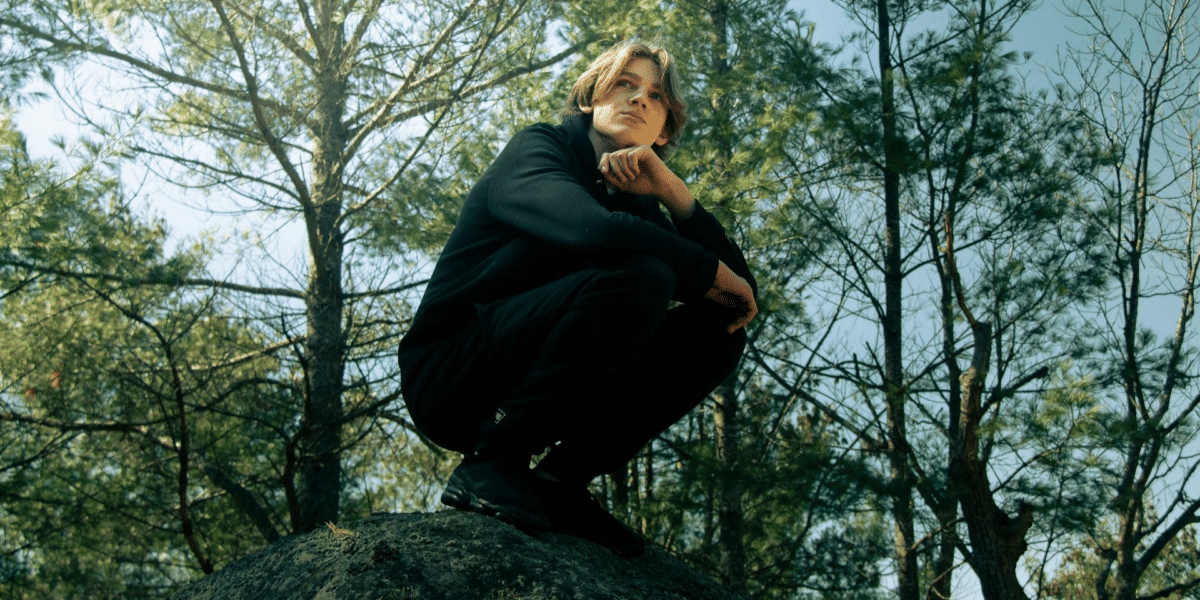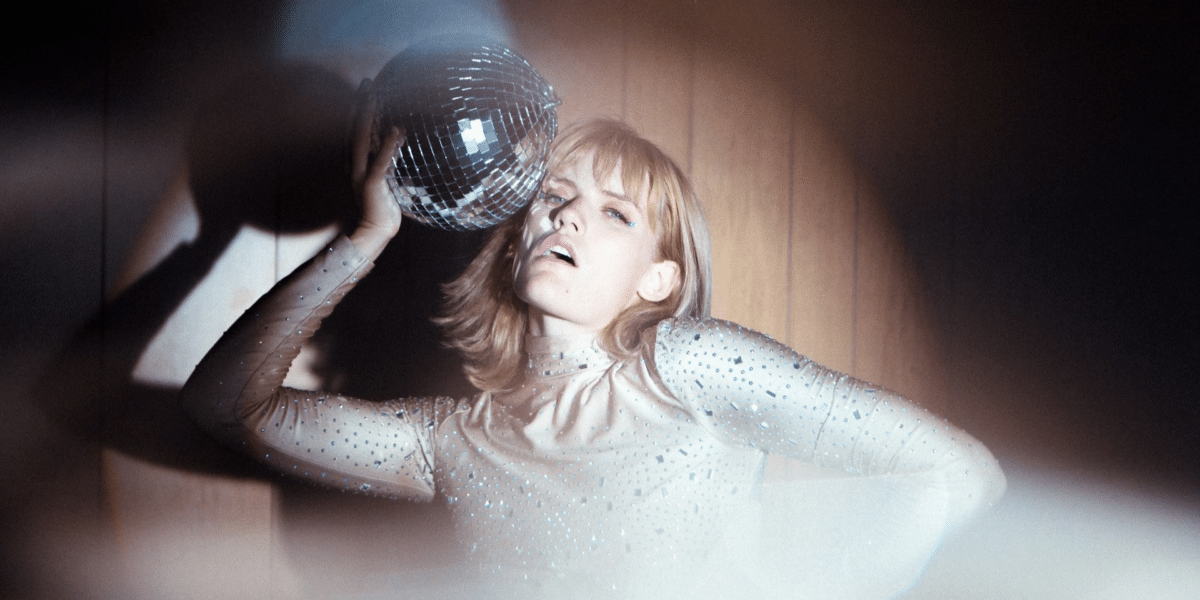The Show Must Not Be Delayed: Navigating the Perilous Path of Production Delays
In the fast-paced world of entertainment, deadlines are sacrosanct. Whether it’s a blockbuster movie, a hit TV show, or a highly anticipated video game, delays can wreak havoc on budgets, schedules, and sometimes, even the final product itself. But what exactly causes these production slowdowns, and how do those in the industry cope with the inevitable scramble that ensues?
The Gremlins in the Machine: Common Culprits Behind Production Delays
Production delays can stem from a variety of factors, some predictable and others popping up like unwelcome gremlins in the most meticulously planned project. Here are a few of the most common culprits:
Casting Chaos:
Finding the perfect actor to embody a character is a delicate dance. Scheduling conflicts, creative differences, or even last-minute injuries can throw a wrench into the casting process, causing delays as producers scramble to find a replacement. A 2022 article highlighted the challenge, with a casting director stating, “The perfect actor isn’t always available, and sometimes you have to make adjustments to the shooting schedule to accommodate the talent.”
Mother Nature’s Mood Swings:
Filmmakers often rely on the cooperation of the weather gods. Unexpected downpours can derail outdoor shoots, while scorching heat or frigid temperatures can make filming uncomfortable, even dangerous, for cast and crew. These factors can necessitate reshoots or location changes, pushing back production timelines.
The Script’s Hiccups:
The script is the blueprint for any production, but sometimes the blueprint needs revisions. A weak storyline, underdeveloped characters, or plot holes can lead to script rewrites, causing delays as the writing team strives to create a more compelling narrative.
The VFX Vortex:
Visual effects (VFX) have become an essential part of modern filmmaking, but they can also be a time-consuming beast. Creating elaborate CGI creatures or futuristic landscapes takes skill and patience, and rushing the process can lead to subpar visuals. Studios often grapple with the delicate balance between achieving groundbreaking VFX and staying on schedule.
These are just a few examples, and the reality is, delays often occur due to a confluence of these factors. A casting issue might snowball into a script rewrite, which then gets tangled with unexpected bad weather, creating a perfect storm of production headaches.
Battling the Delays: Strategies for Keeping the Show on Track
So, how do those in the industry navigate these inevitable slowdowns? Here are a few strategies:
- Planning for the Unplanned: While complete predictability is impossible, experienced producers factor in buffer periods during the scheduling process. These buffer periods allow for unforeseen delays, providing some breathing room to catch up without derailing the entire production.
- Embrace the Rewrite: While script rewrites can be frustrating, they can also be an opportunity to strengthen the final product. Studios that foster an open and collaborative writing environment can use these revisions to create a more compelling story, even if it means pushing back the filming schedule.
- Location Flexibility: Sometimes, the best solution is to be adaptable. Scouting multiple filming locations with similar aesthetics allows productions to pivot if faced with unforeseen weather challenges or permitting issues.
- The Power of Pre-Production: A thorough pre-production process is crucial for minimizing delays. This involves storyboarding, location scouting, and finalizing the script well in advance of filming. The more meticulous the pre-production phase, the fewer surprises (and delays) will arise during shooting.
- Technology to the Rescue: Advancements in technology are offering new tools to combat production slowdowns. Virtual production techniques, which utilize computer-generated environments, can help filmmakers create elaborate scenes without relying solely on location shoots. Additionally, cloud-based editing platforms allow for remote collaboration, saving time and streamlining the post-production process.
Despite these strategies, delays are a reality in the entertainment industry. The key is to be prepared, adaptable, and most importantly, creative in finding solutions. After all, sometimes the most captivating stories aren’t just the ones on screen, but the tales of resilience and resourcefulness that unfold behind the scenes to keep the show, eventually, on the road.













